
OSLO, Norway – June 20th, 2019: Vivaldi releases the latest version of its browser, Vivaldi 2.6, offering a handful of new features focusing on its two hallmarks – privacy and customization.
The new update brings in improved security by blocking advertisements on sites with abusive ad practices. There are new ways to navigate quicker, customize user profiles along with overall improvements that add more flexibility to Vivaldi’s intuitive user interface.
Browse safe with no abusive ads
Vivaldi wants users to be safe while on the web, and worry less about who’s abusing them with dangerous ads.
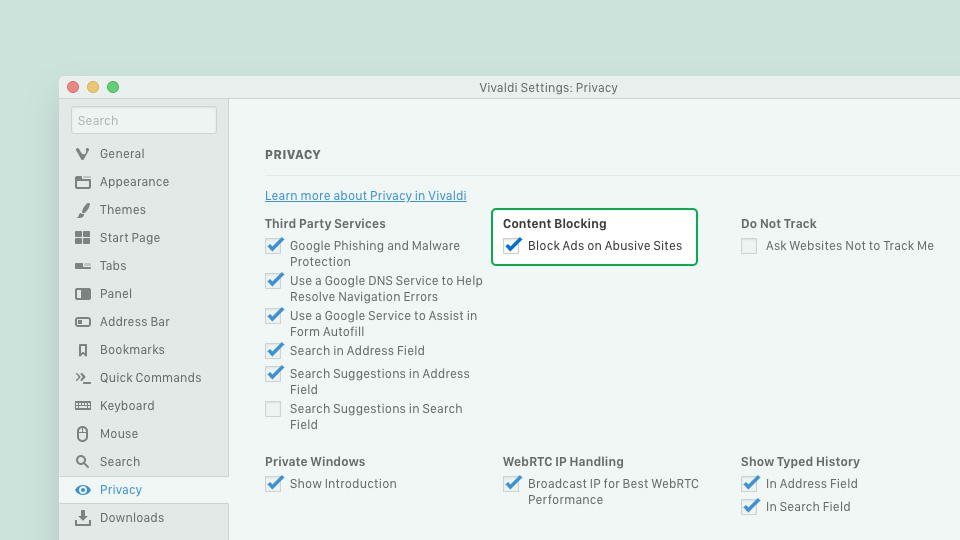
Vivaldi adds a new functionality to block adverts that use abusive technologies and are designed to be misleading. The Abusive ad-blocker functionality stops ads from sites that are causing problems to the users, such as pop-ups that prevent them from leaving the site.
The Abusive ad-blocker gives the browser access to a blocklist that has been enabled by default and can be turned off in the “Privacy” section of Vivaldi Settings. This feature is an addition to Vivaldi’s wide range of privacy settings.
Vivaldi now implements this blocklist that is hosted on its end-to-end encrypted servers. It is then updated from the server automatically by the browser, and applied to intrusive websites without needing to contact the server each time
“We try to keep our users safe and will continue to look at more options to protect them”, says Vivaldi CEO, Jon von Tetzchner. “The way that we’ve implemented this functionality is an interesting step in the direction of relying less on third-party services.”
More personality to User Profiles:
Vivaldi improves every existing feature with the help of user feedback – making our relationship with our users more personal and unique. The support for User Profiles was introduced recently with a tremendous response. This update brings in more customization options to this already loved feature.
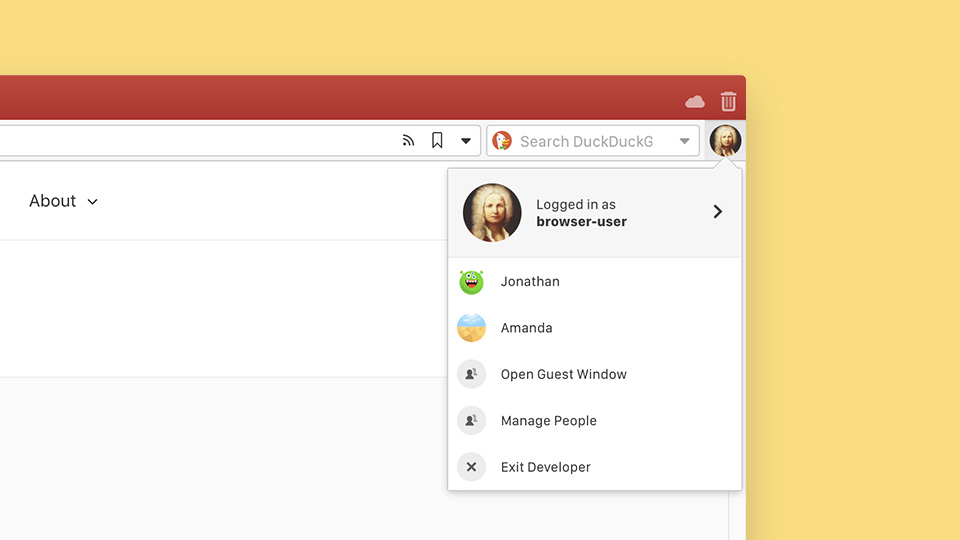
Users can create multiple “users” without logging into a different operating system user account, or the need to maintain multiple standalone installations of Vivaldi.
The inherited default set of avatars clearly needed more customization even if the user is logged in through his Vivaldi account. Now the user can make this process much easier and personal for non-synced profiles with the following additions:
- Update the avatars
- Add and delete profiles in the popup
- Edit avatar within the popup
More highlights of Vivaldi 2.6
Vivaldi wants its users to stay ahead, browse smarter and faster. Just like its previous updates, this is one is no exception adding more efficiency and convenience to your browsing.
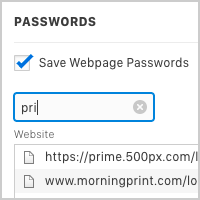
Filter saved passwords: Imagine scrolling through a long list to find saved password, for example, a particular bank account? Now users can easily find their saved passwords by filtering either through account names or websites . Go to Settings → Privacy and filter! Super convenient!
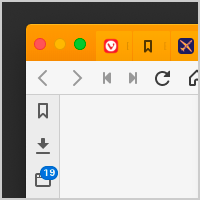
Keep a tab on unread tabs in the Window Panel: When a link is opened on in a background tab, users will be notified in the Window Panel if it is unread. The unread tab counter tells precisely the number of tabs that still need attention.
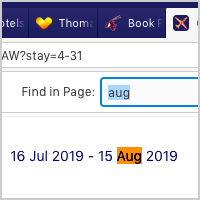
Navigate faster with ‘Find in Page’: Keyboard lovers looking for a specific word or a term in a lengthy article or post can find whatever they are looking for much faster with ‘Find in Page’ – if the search result is a link, it can be opened instantly using Ctrl+Enter.
Visually enhanced Search Field: The magnifying glass on the Search Field on the right side of the Address Bar now displays the favicon of the active search engine, helping users to easily identify the search engine.
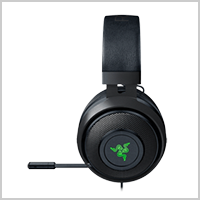
Game is still on: The previous update with Razer Chroma integration grabbed quite a few eyeballs of users but this time Vivaldi’s got their ears too. Support for headphone devices have been added – highly requested by users.
Performance improvements to speed up Vivaldi
There have been performance improvements that will appeal to users who work with loads of tabs. There is a marked improvement if a user tiles tabs into split-screen views, or often moves tabs to new windows. Opening, closing, and resizing of Panels in the sidebar is also much snappier.
“We like to engage with our users, and what makes a user engage is really the browsing experience itself. That’s why we are making a browser that is so useful that it becomes an key tool in your day-to-day,” says Jon von Tetzchner. “A feature – big or small – does not matter. How useful it is, makes all the difference.”